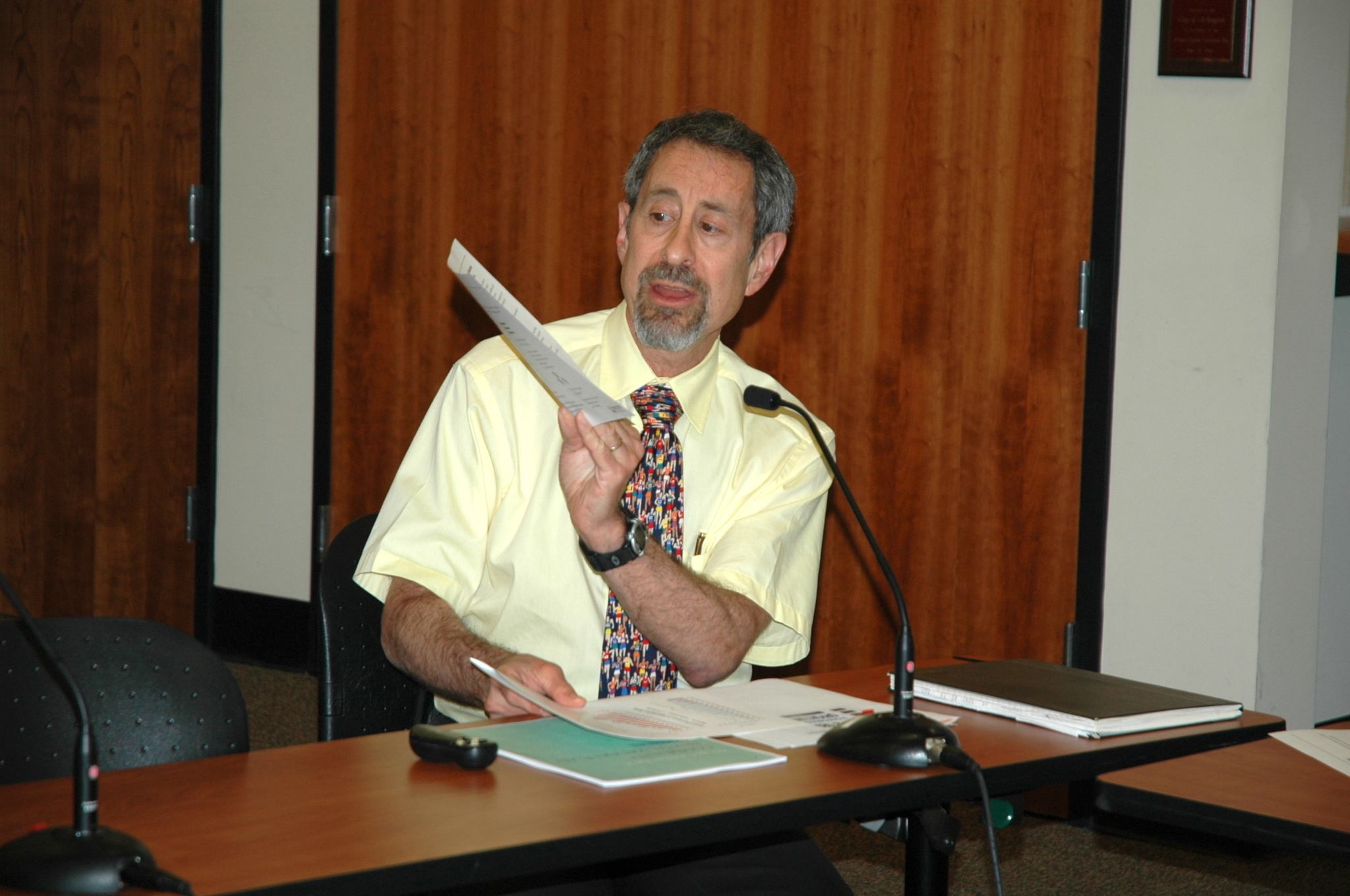ARLINGTON — The population is increasing but funding for public health is decreasing.
Dr. Gary Goldbaum, Snohomish County health officer and director, told the Arlington City Council recently that could lead to “a crisis in sustaining our services.”
“Out of the state’s thirty-five health jurisdictions, only Yakima spends less than we do,” Goldbaum said, pointing out that the national average is $40 per resident, while the county’s is about half that. “If this trend is not reversed, our services will decrease as more staff are cut.”
Goldbaum estimated that a 0.2 percent public safety sales tax increase would cost each county resident about $2 and generate roughly $1.5 million for the county, with $440,000 going back to Arlington.
“That would be enough to sustain us for three years,” Goldbaum said.
Goldbaum broke the district’s functions into six bullet points.
1. The Best Defense — During his May 9 remarks, Goldbaum noted the number of diseases the district monitors for, from tuberculosis to ebola and zika.
While 89 percent of K-12 students statewide are fully immunized, only 86.5 percent are immunized locally, with 10 percent exempted from immunizations. “That one-in-ten statistic really worries me,” Goldbaum said. “Those kids represent a risk to themselves and their fellow students.”
The good news is the district has seen naloxone, a medication that’s shown success in reversing drug overdoses, integrated into more first responders’ toolkits. “It’s saving lives every week,” Goldbaum said.
2. Peace of Mind — The district conducts yearly inspections for 174 permits, and routinely inspects pools, spas, and public and private schools. “Parents want assurances that schools are safe places to send their children,” said Goldbaum, who reported that the district responded to 150 complaints in 2015.
3. A Healthy Start — In the Arlington area, 78 percent of pregnant women receive prenatal care within the first trimester, which Goldbaum deemed dangerously low.
“Even well into their teenage years, children’s brains and bodies are still developing,” Goldbaum said. “We know that conditions that occur early on, such as childhood abuse or neglect, can have a huge impact, so we should do what we can to ensure our kids grow up to be productive citizens.”
The health district has also provided “A Healthy Start” for the influx of refugees into the county by supplying hygiene kits.
4. Support for First Responders — Goldbaum noted that the district contributed to ensuring that “the tiny city” of aid workers who converged on Oso after the slide two years ago could trust that their food and water would be safe .
“You had a lot of hard-working volunteers there, but they weren’t necessarily trained as health safety officers, so we stepped in so they didn’t need to be,” said Goldbaum, who also credited the district with helping to coordinate the efforts of local hospitals, as well as making sure that the Sauk-Suiattle Indian Tribe wasn’t cut off by the slide.
5. Arlington’s Coach — The Snohomish Health District helps parents by providing walkability audits for elementary schools and informing families of the best ways to get to those schools. It also focuses on wellness and prevention programs addressing issues ranging from suicide and abuse to obesity and addiction, the latter including a report on the heroin epidemic issued last year.
“When we developed our community health plan, our three biggest priorities — obesity, suicide and the physical abuse of our youth — were those that were identified by the community,” Goldbaum said.
6. Be an Advocate — “When you have unused pharmaceuticals, such as the drugs in your medicine cabinet, you need to dispose of them properly,” Goldbaum said. “You can’t just flush them down the toilet.”
The district has worked with law enforcement on drug take-back programs, and has ensured that recovering addicts have access to methadone, so that they can be more productive while they’re undergoing treatment.








